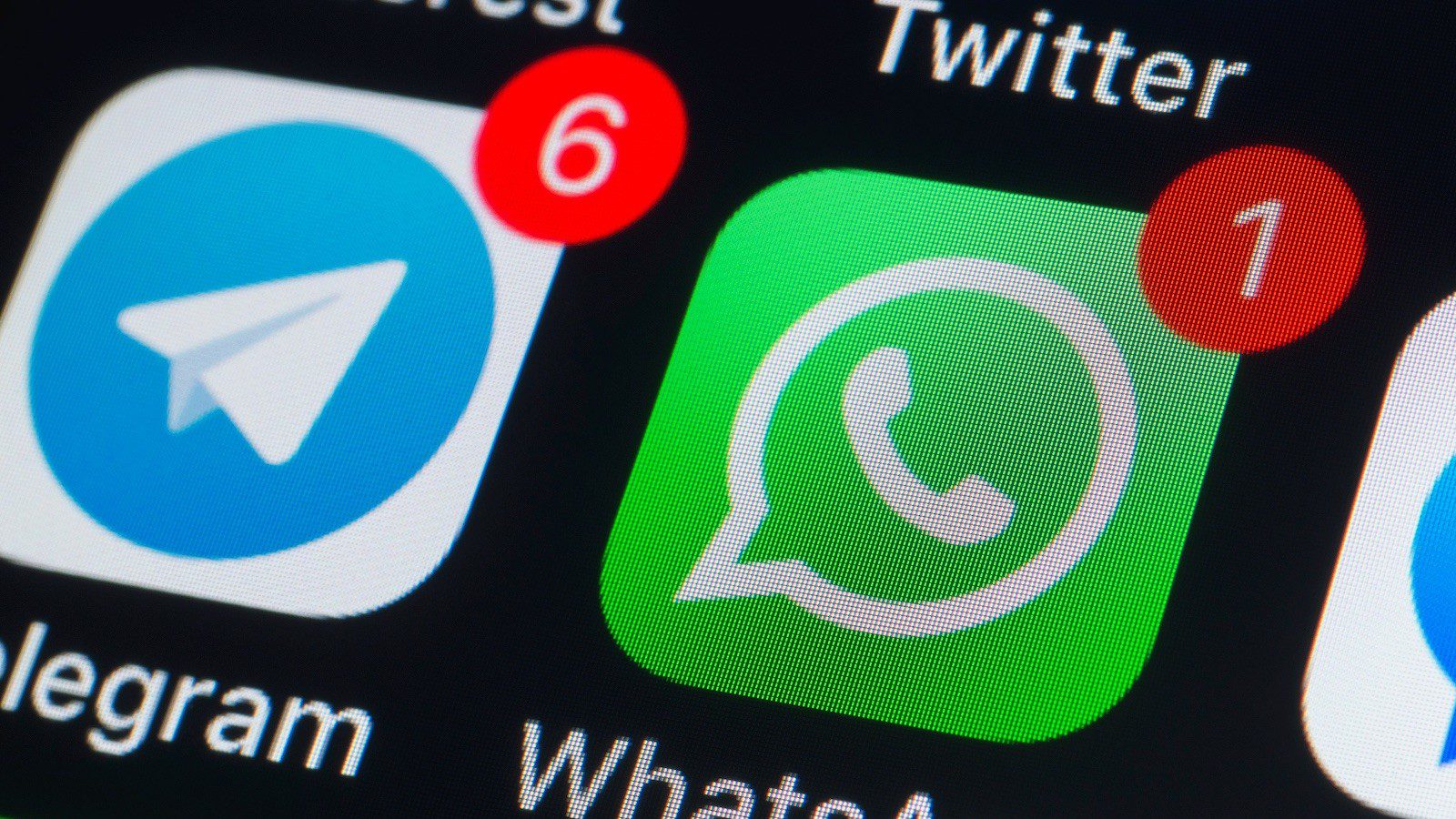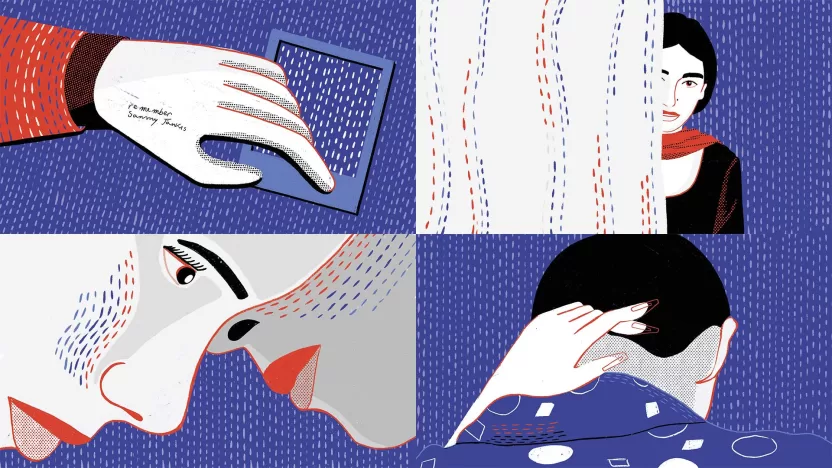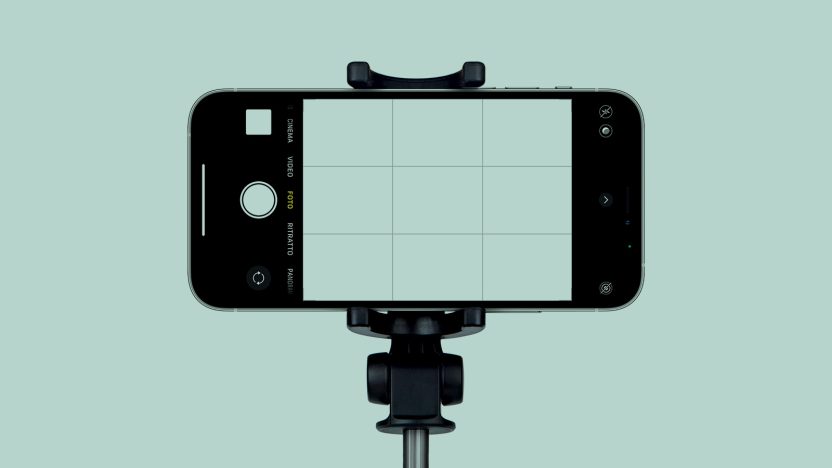A history of Instant Messaging and Chat
The first instant messages were for programmers and emergency communications until they entered the realm of our everyday lives.
by MAIZE

<span style="background-color: transparent;">Especially now, in our socially-distanced world, when virtual communications are more important than ever, sending brief written messages, formed from text and icons has taken over how we stay in touch, with our friends, with our colleagues, and with our family. We send dozens of these messages each day, without even thinking about it. But before WhatsApp, which in 2019 had 2 billion users globally with 65 billion messages sent through the app each day, there was Talkomatic, way back in 1973, and even before that there was Party Line, in 1971, and a random message sent by a student on the first iteration of the internet, in 1969. The first instant messages were for programmers, emergency communications, and computer chat rooms, until they entered the realm of our everyday lives. How did we get from there, to having full chat conversations in tiny boxes on our mobile phones?
In 1969, UCLA student, Charley Kilne, attempted to transmit the text “login” to a computer at the Stanford Research Institute over the first link on the ARPANET, which was the precursor to the modern internet. After the letters ‘L’ and ‘O’ were sent, the system crashed, making the first message ever sent on the internet LO. About an hour later, recovering from the crash, the full text ‘LOGIN’ was successfully sent.
“Instant messaging” became ubiquitous in 1997 with the launch of AIM (AOL Instant Messenger), which used its proprietary OSCAR instant messaging and TOC protocols to allow registered users to communicate in real time. After logging in, you could hear the sounds of opening and closing doors when contacts on your Buddy List signed in or out: The mystery and anxiety of whether someone was online or offline and why they weren’t responding to your message was born.
The first iterations of chat programs were functional. Before the Talkomatic — which was created in 1973 on PLATO (the first generalized computer-assisted instruction system) at the University of Illinois, and offered several channels for up to five people, with messages appearing on all users’ screens character-by-character as they were typed — there was the Emergency Management Information Systems And Reference Index (EMISARI) Party Line, in 1971. Party Line was used by the US Government to manage emergency situations until 1986, but it has commonalities with instant messaging programs today: It was originally developed to replace telephone conferences, which might have had 30 or so participants, to facilitate better discussions (like today’s WhatsApp or Facebook messenger groups), and like AIM, it would sound an alert when someone joined or left the group.
While AIM was the first to appeal to the masses, many other messaging programs soon followed it. Yahoo! launched its Messenger in 1998, as Yahoo! Pager. Pidgin, started Gaim in 1998 as an open-source instant messaging client, which allowed users to reach contacts on several operating systems. Microsoft released MSN Messenger in 1999, renaming it Windows Live Messenger in 2005, and adding photo sharing, social network integration, and games. But there was the issue of having multiple chat clients and missing out on messages if you were signed on to one, and not the other. In 2000, Jabber created a world where everyone could communicate with its multi-protocol instant messenger, which was a portal for users to chat with friends and access their buddy lists on AIM, Yahoo, and MSN, simultaneously. A similar service to Jabber, Meebo, was launched in 2005.
But all of those chats were programs that you logged into specifically to chat, and it was when instant messaging became integrated into our everyday actions — like checking our email, opening a social media page, or turning on our mobile phones — that it began infiltrating our lives as a main source of communication. Apple computer users could log on to Apple’s iChat for its Mac OS X operating system starting in 2002, followed by iMessage in 2011. In 2005, Gmail users had access to Google Talk, also known as Gchat, with their email contacts, as soon as they logged in to check their email. It was not uncommon to lose minutes or even hours in chats when you had logged in to check your email, or chatting with someone instead of sending them an email: A sign of where we were heading in our always connected world.
And then there was MySpace, the largest social networking site from 2005 to 2008, which was a popular platform for sharing new music, which even aided in launching some musicians’ careers. Believe it or not, MySpace still exists and it was one of the first social networks to integrate chat on its platform with MySpaceIM in 2006. Twitter released direct messages in 2006, while Facebook released Facebook Chat in 2008, followed by Facebook Messenger in 2011. And let’s not forget Instagram in 2010 and its direct message feature, with voice and video added in 2014. Snapchat was also born in 2010. We could go on and on, but let’s just say that the 2010s could be considered the dawn of using messaging apps to talk to everyone on a mobile phone, like the mother of them all, WhatsApp, which was founded in 2009, and acquired by Facebook in 2014.
But the popularity of WhatsApp might have less to do with it as a tool for written messages and more to do with the fact that you can also send audio messages, make audio calls and video calls, and send pictures and videos, not to mention GIFs and of course, emojis. Depending on your preferences, it could be that you send more voice messages than text messages, and in the Covid-19 world, you might use it more for video and audio calls than anything else.
Messaging and chat have evolved to the point where we don’t even think about these actions as instant messaging, we are just having a conversation with another person (or a group) through whatever means is the most convenient for us at the moment.



 in Italy
in Italy